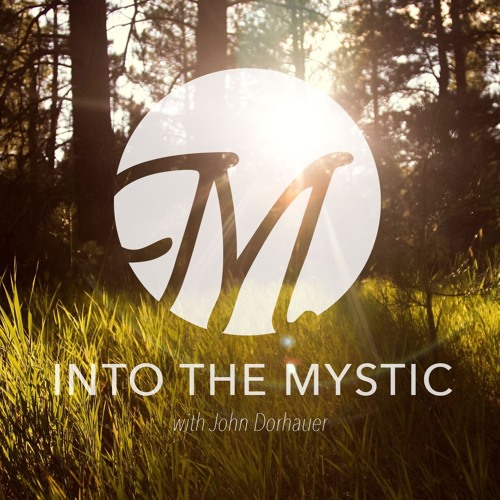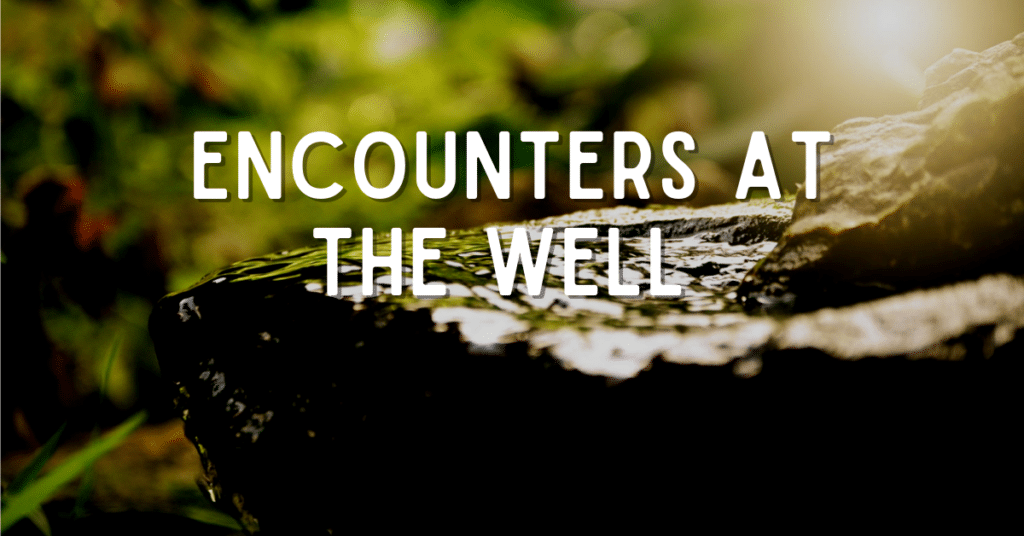Chiaroscuro
Listen to the podcast
Read the transcript
I’m Rev. Jess Chancey, filling in for John as he is in the Middle East on his final overseas trip as our GMP.
Chiaroscuro. It’s a word associated with art, with reference to the interplay of light and dark. Chiaro, light, even has this bright sound to it. Chiaro. Scuro, dark, has a much deeper, shadowy tone. You see this effect in paintings, especially renaissance paintings with that marked contrast between shadows and light sources, often bringing pops of color and detail to the faces of central characters in the piece. It’s the coexistence of light and dark in one work that makes the effect work.
We also talk about chiaroscuro in opera, yes, my first career aspiration before entering ministry. In operatic voices, the chiaro is the brightness that allows a voice to cut through an orchestra, while the scuro is the rich depth that keeps that voice from coming across as shrill. The two coexist in a single sound that can reach the back rows of the theatre without losing beauty.
When it comes to art, chiaroscuro is such a useful term, and it’s long been one of my favorite words in life, but I’ve been rethinking it lately. I’ve loved the word because it’s hard for me to really understand binaries, this idea that things have to be all one thing or all another thing, and it tends to raise a red flag in my brain when I’m told that there are “two kinds of people” or when I’m given a choice between just two things. In my experience, there’s so much more to life than two opposites, there’s so much in between, and sometimes the coming together of the polar opposites can create something new, exciting, and beautiful.
And yet I find myself avoiding the word chiaroscuro because I want to unlearn my associations of various things with light and dark. Yes, obviously day is still light and night is still dark, that’s not what I’m talking about. I’m talking about the alignments of goodness, purity, joy, and positivity with lightness and evil, sadness, grief, pain, and negativity with darkness. As a white person, I have too long been ignorant of the way such terminology has historically been used to demonize Black people. I can’t claim that ignorance anymore. I see it now, and it still affects daily life. There are still packages of colored pencils that claim to be “flesh colored,” but only represent the lighter end of the skin tone spectrum. Makeup companies still put a heavy promotion on skin lightening and brightening, and beauty standards promoted on our screens and billboards, even as we are starting to see more people of color, those standards still demonstrate colorism as we only rarely see beauty associated with dark skin tones. Models like Nyakim Gatwech and actors like Lupita Nyong’o are very much the exception rather than the rule.
I want to reclaim chiaroscuro while also defying the positive and negative associations that have so haunted our society. I want to revel in the beauty of all that is light and all that is dark and especially in the way the two come together, along with everything in between, to create something new and vibrant. Night isn’t only beautiful because of the light of the stars; it is also beautiful because of the nocturnal life, the owls and bats that fly through the night sky, the hedgehogs rooting around in an English garden, your dog or cat playing and hunting around while you’re trying to sleep. It is beautiful because of the flowers that bloom best in the dark, the evening primrose, the night-blooming jasmine, the moonflower. But my favorite time is twilight, when both day and night are present, aspects of both are playing off each other, and something new is also born, evident in the crepuscular animals that are most active at this time, like rabbits and deer. God made all of this, and called it good. God took joy in the chiaro, in the scuro, and in the chiaroscuro. Let’s enjoy the beauty of that dappled path that is our journey into the mystic.
Content on ucc.org is copyrighted by the National Setting of the United Church of Christ and may be only shared according to the guidelines outlined here.
Related News
Growing Weary
In December 1964 during a speech in Harlem, Fannie Lou Hamer declared: “And you can always...
Read MorePlanning for Earth Month: Resources for Congregations
April is Earth Month, and for congregations, it can be a great time to further discern how...
Read MoreBodily Autonomy Means Every-BODY
Advocacy and Action for Women's and Gender Justice Local events stir thoughts and...
Read More


